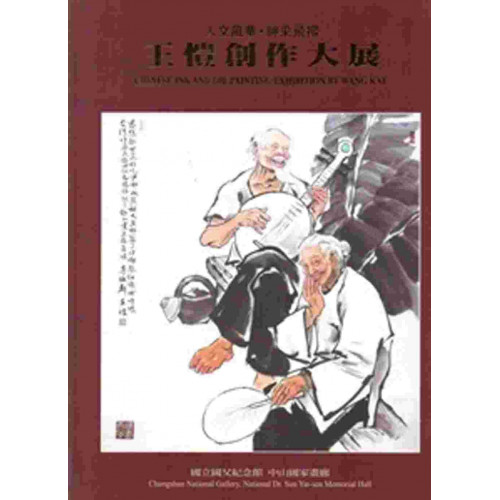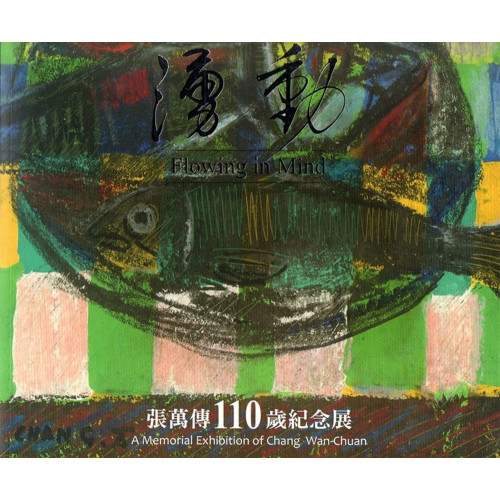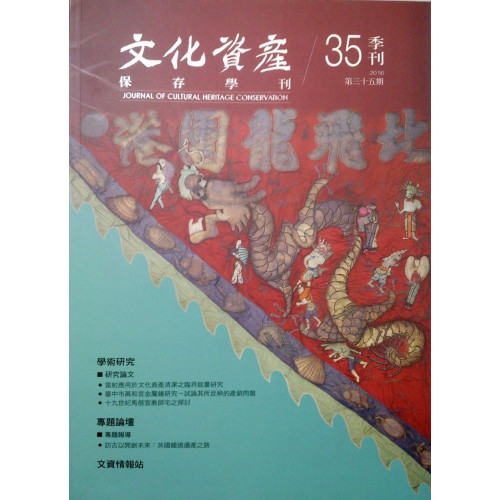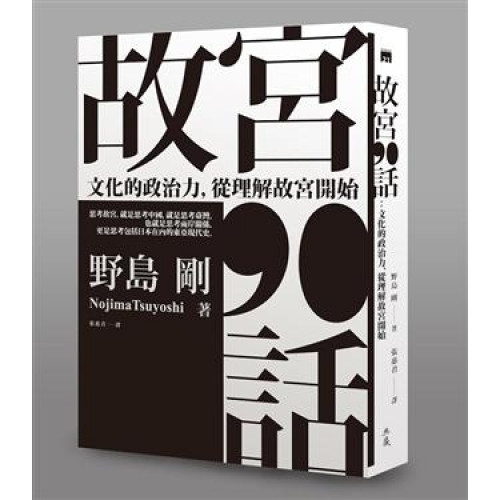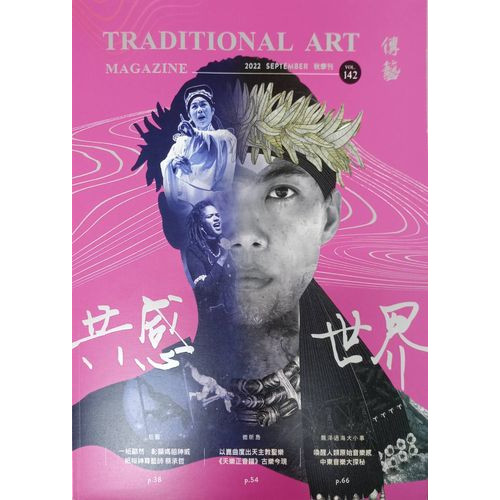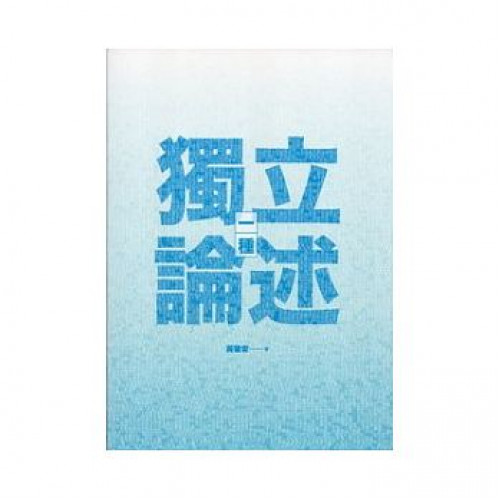2018 AICA International Congress Taiwan: Art Criticism in the Age of Virtuality and Democracy
| 商品型號: | SWE-1361 |
| 庫存狀態: | 需等待2 - 4工作日調貨 |
| I S B N: | 9789863266327 |
| 作者: | 中華民國藝評人協會 |
| 出 版 社: | 秀威資訊 |
| 出版年份: | 2018 |
| 叢書系列: | 藝術總論 |
| 圖書分類: | |
| 裝禎方式: | 折口膠裝 |
| 頁數: | 328 |
定價:
NT600-
售價: NT540 (9折 )
Art Criticism in the age of Virtuality and DemocracyThe Congress Theme addresses some key issues concerning the role of art criticism related to the new tendencies. Firstly, the virtual is not the opposite of reality but rather an increasing part of our reality. Presently, communities, social relations, everyday life, the body, and even biological life are in the processes of mass virtualization. Life itself has been supposed as an algorithm, AI as a brain without body, while space-time’s relationship is virtualized in VR technology. A virtual enterprise need no longer convene its employees onsite, but rather can delegate work to be done remotely, thus re-articulating the time-space relationship of its workers. Secondly, if we make an observation of a longer duration, there seems to be an unquestionable expansion of democracy which can be confirmed by the democratic transitions beginning in the mid-1970s, which span from Latin America to Taiwan and South Korea, through the end of the cold war, and to following transitions in Eastern Europe, the Color Revolution and the Umbrella Movement in Hong-Kong in the fall of 2014. Nevertheless in more recent years, the phenomenon of the retreat of democracy can also be observed in the uprising of the populism worldwide.Two sub-themes:1.Art criticism in the age of virtuality2.Art discourse facing challenged democracy1.Art criticism in the age of virtuality: How does the situation in which the rapid pace of development in computer and media technologies affect the description, interpretation and evaluation of contemporary art? More precisely, does art criticism develop new methodology and new languages concerning its analysis and new problematics in its debates?2.Art discourse facing challenged democracy: How is art discourse constitutive of the collective representations and imaginary of democracy? In the situation of democracy under challenge, how are these social-political phenomena reflected in new developments of censorship and self-censorship, or post-truth? For new problems brought out by transitional justice, what kind of function can art discourse play?<秀威資訊>
AICAThe International Association of Art Critics (AICA) was founded in 1950 and was admitted in 1951 to the rank of NGO. AICA comprises various experts anxious to develop international cooperation in the fields of artistic creation, dissemination and cultural development.AICA brings together around 5,000 art professionals from 95 countries all over the world, organised into 63 National Sections and an Open Section. The most recent Annual International Congresses to be organised by AICA have held in Poland (2013), Seoul, South Korea (2014), London, England (2015), Havana, Cuba (2016), and Paris, France (2017).The members of AICA includes art critics, art historians and art educators, as well as curators from museums of modern art. Their aim is to compare their point of views concerning the vocation of art criticism, to analyse their responsibility in regard to artists and public, and to outline the particular nature of their contributions in relation to developments in the fields of art history.
AICAThe International Association of Art Critics (AICA) was founded in 1950 and was admitted in 1951 to the rank of NGO. AICA comprises various experts anxious to develop international cooperation in the fields of artistic creation, dissemination and cultural development.AICA brings together around 5,000 art professionals from 95 countries all over the world, organised into 63 National Sections and an Open Section. The most recent Annual International Congresses to be organised by AICA have held in Poland (2013), Seoul, South Korea (2014), London, England (2015), Havana, Cuba (2016), and Paris, France (2017).The members of AICA includes art critics, art historians and art educators, as well as curators from museums of modern art. Their aim is to compare their point of views concerning the vocation of art criticism, to analyse their responsibility in regard to artists and public, and to outline the particular nature of their contributions in relation to developments in the fields of art history.




